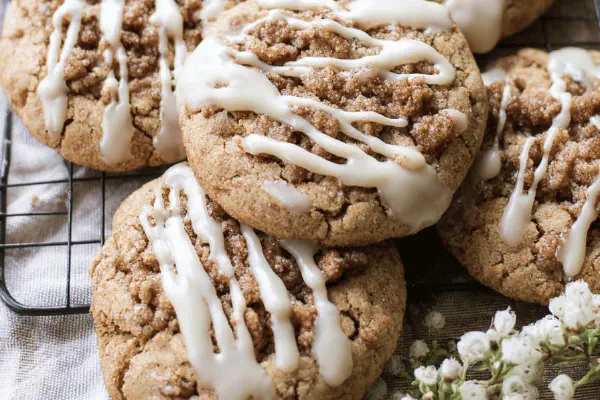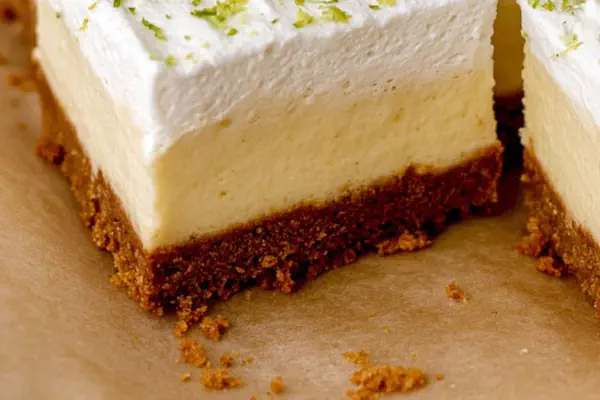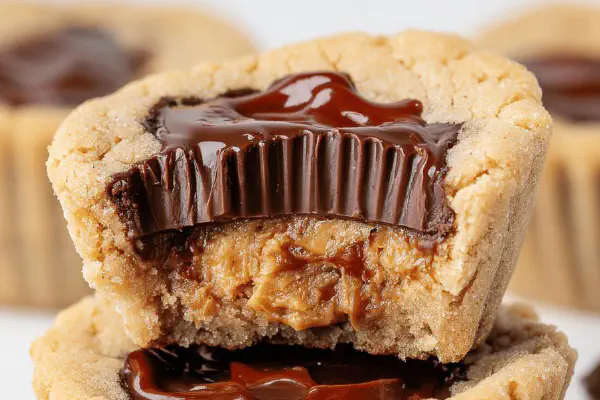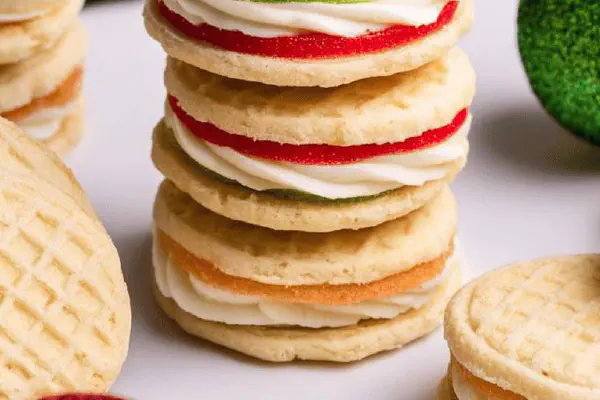Maple-Oatmeal Cookies
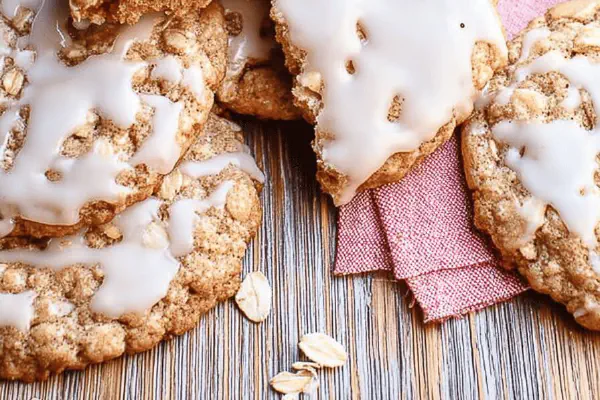
By Emma
Certified Culinary Professional
Ingredients
- 1 1/4 cups rolled oats (old-fashioned or quick works but old-fashioned yields better chew)
- 3/4 cup all-purpose flour (swap 1/4 cup whole wheat for nuttier tone)
- 1/2 teaspoon baking soda
- 1/4 teaspoon fine sea salt
- 1/2 teaspoon ground cinnamon (increase up to 3/4 tsp for more warmth)
- 1/2 cup unsalted butter, softened (can substitute coconut oil but texture will change)
- 1/4 cup packed brown sugar (use dark for deeper molasses flavor)
- 1/4 cup granulated sugar
- 1 large egg (room temp for better emulsion)
- 1 teaspoon vanilla extract (real vanilla preferred, skip imitation)
- 3/4 cup powdered sugar (for glaze)
- 2 tablespoons pure maple syrup (grade A dark robust preferred)
- 1-2 teaspoons whole milk or cream (adjust glaze thickness)
About the ingredients
Method
- Grind half the oats briefly in blender or pulse to break down chunks slightly; combine with whole oats, flour, baking soda, salt, cinnamon in medium bowl. Dry mix is ready to combine.
- In large mixing bowl, cream the softened butter with brown sugar and granulated sugar on medium speed until mixture lightens in color and is fluffy, about 2-3 minutes. Do not skimp—this traps air for better cookie lift.
- Beat in egg and vanilla extract on medium-high until fully incorporated, about 1 minute. Scrape down sides to avoid streaks of unmixed egg.
- Add dry ingredients in three additions. Mix on low speed just until no streaks of flour visible. Overmixing flattens cookies and makes them tough.
- Cover dough tightly and chill at least 40 minutes. Resting solidifies fat, helps cookies hold shape, and deepens flavor. I sometimes chill overnight for better texture.
- Preheat oven to 345℉. Line baking trays with parchment paper or silicone mats to prevent sticking and burn marks.
- Scoop heaping 1 ½ tablespoon portions onto trays. Space cookies 2 ½ to 3 inches apart so edges don’t merge in oven. Dough will spread moderately.
- Bake 11-14 minutes depending on oven and cookie size. Watch edges for gentle browning and centers that look set but are still soft—not wet. The telltale scent of baking oats and cinnamon will fill your kitchen.
- Remove trays to cool on rack 8-12 minutes. Cookies will firm up as they rest but remain chewy inside. Trying to move them too soon risks breakage.
- While cooling, whisk powdered sugar, maple syrup, and 1 teaspoon milk together in shallow bowl. Adjust milk to get thick but dip-able glaze. Should cling to cookies without sliding off.
- Flip cooled cookies upside down and dip tops into glaze. Pull up slowly, let excess drip back into bowl. Set back on rack to dry. Glaze won’t fully coat; partial coverage is fine—imparts a sticky gloss and syrupy punch.
- Allow glaze to set 20-30 minutes before stacking cookies with parchment layers to prevent sticking.
Cooking tips
Chef's notes
- 💡 Pulse half oats first in blender but keep chunks. Texture difference big deal. Too fine kills chew. Whole oats add bite, makes cookie rugged but soft inside. Grinding helps flavor release too. More cinnamon? Increase gradually; spices overpower fast.
- 💡 Butter temp critical. Soft but not greasy. Too cold, lumps form; too warm, greasy spread. Cream sugars and butter slow, medium speed. Air trapped here lifts cookies, don’t rush or skip. Beat eggs last to keep mix fluffy. Vanilla must be real, imitation dulls aroma.
- 💡 Dry mix in thirds or more. Careful folding, no overmix. Gluten overworked = tough chew, dense cookie. Chilling dough essential, seals shape, slows spread. I’ve learned 40 minutes works well, any less? Cookie flattens out, too much cold stiffens dough so scoop hard.
- 💡 Oven at 345°F, slightly lower than usual. Hotter browns too quick, dries chew. Watch edges for slight golden tint. Centers set but still soft, not wet or doughy. Baking time 11-14 min, shift if cookie size changes. Cool on wire rack 8-12 min. Move too soon, risk breaking.
- 💡 Glaze thickness tricky. Start with powdered sugar and maple syrup, add 1-2 tsp milk to loosen. Too thin glaze runs, pools up. Dip tops upside down, pull slow to avoid clumpy residue. Set glaze fully before stacking or cookies stick. Swap cream or almond milk as needed for texture.
Common questions
Can quick oats replace rolled oats?
Tried once. Quick oats soften cookie too much, lose chew. Pulse old-fashioned oats better around texture. Quick oats okay if softer texture wanted. Not same vibe though.
Butter too warm, what then?
Greasy dough warning sign. Chill dough longer or pop in fridge before baking. Or add small flour boost to firm dough. Could try coconut oil substitution but affects structure, softer cookie results.
What if glaze too runny?
Powdered sugar fix easy. Add more in small doses while whisking. Or reduce milk amount. Let glaze rest couple min, may thicken after standing. If too thick, thin with tiny milk splash but watch drip.
How best to store cookies?
Room temp good for 2-3 days, layer with parchment to avoid sticking. Fridge extends life but hardens texture slightly. Freeze baked or unbaked dough in airtight container. Thaw fully before glazing or reheating.
